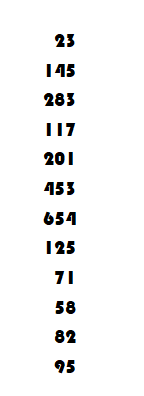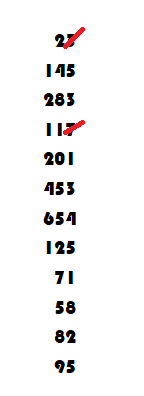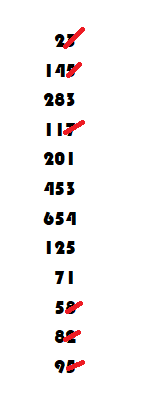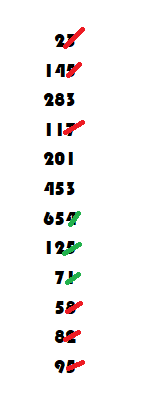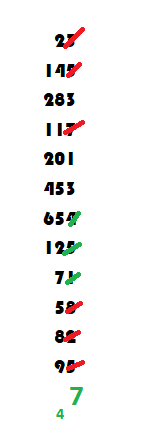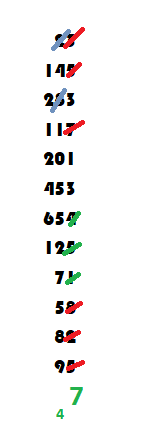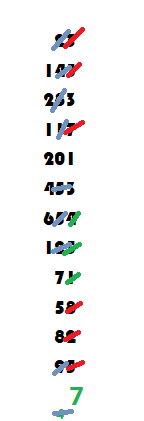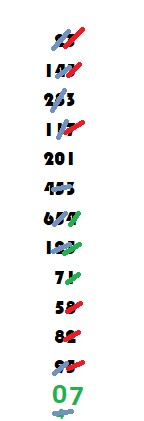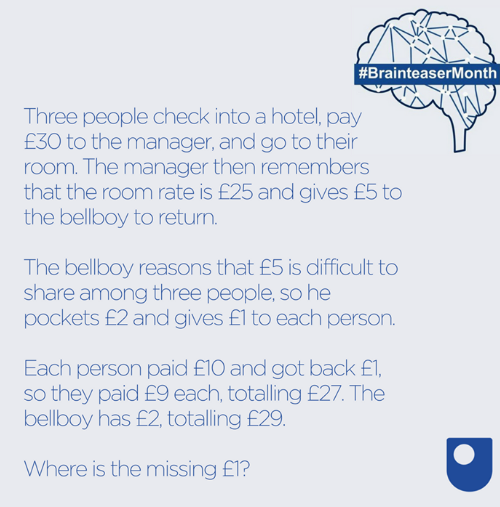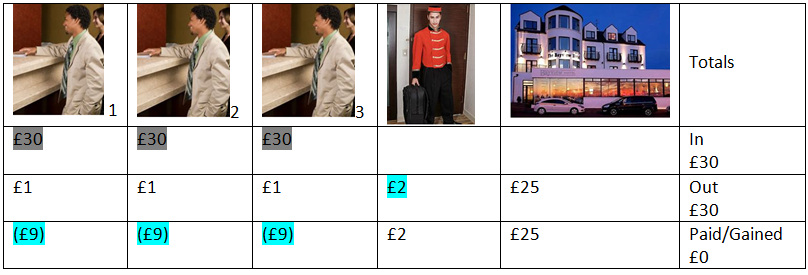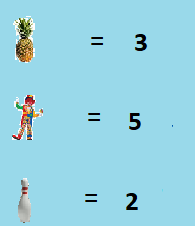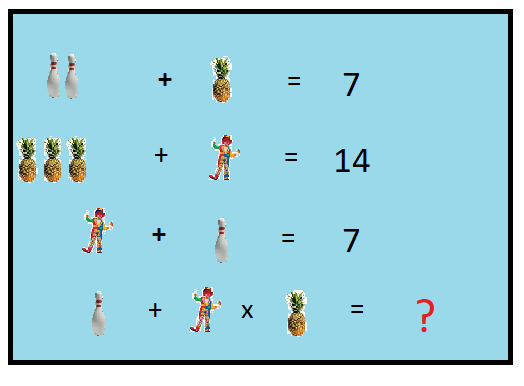A clever trick that sometimes comes up in GCSE exams is to how to turn a repeating decimal back into a fraction.
At first glance the question looks difficult… but actually it’s not really.
Write the decimal 0.393939393939 (recurring) as a decimal.
So how do we do this?
Well we start with a step familiar from algebra – We use a letter!
Let r = 0.393939393939
We need to get rid of that long train of decimals – se we use the same method as when we want to lose something in solving simultaneous equations – we do a subtract
But how will that work?
Well think what 100r is
r = 0.393939393939 so 100r = 39.3939393939
[Can you see where we are going with this now?]
Now we can do a subtraction and all the numbers in the recurring chain cancel out
39.3939393939 _
0.3939393939
= 39
What we have done here is 100r – r so this is 99r
99r = 39
So r = 39/99… A fraction! We’ve done it!
Just two more things to note
- We should always ‘cancel down’ fractions is we can to use the lowest numbers at top an bottom.
So I should have finished this question by writing as 13/33. - How did I know to multiply by 100? Would this work for every example? Well, no, a careful study of what we have done shows that the key is to ‘cancel out’ all the recurring decimals. To do that, we need to ‘line up’ the same numbers in the subtraction. To do this we need to count how many numbers in the repeating pattern.. we then need that number of 0s in the ‘multiplying factor’
So if we have 0.123123123123123… we have 3 numbers in the pattern
r = 0.123123123123123
1000r = 123.123123123123..
999r = 123
R = 123/999 = 41/333
Here are three more to work on,,,
- Write 0.777777777777… as a decimal
- Write 0.787878787878.. as a decimal
And an advanced one…
- Write 0.0200200200200.. as a decimal (That’s a bit tougher)
Here are the answers
0.7777 = 7/9
0.78787878 = 78/99 = 26/33
0.0200200200 = 20/999
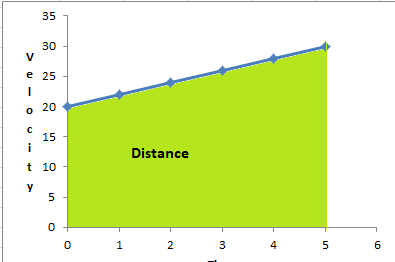 .
.
